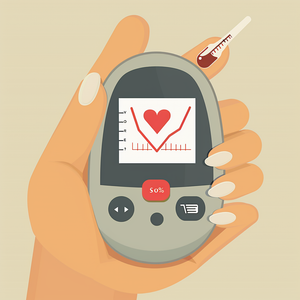
إعداد وجبات متوازنة لمرضى السكري
أرسلت:حول مرض السكري مرض السكري هو حالة تحدث عندما يكون مستوى السكر في الدم مرتفعًا. يصيب مرض السكري الأشخاص من جميع الأعمار وبعضهم مزمن (مدى الحياة) ولكن يمكن السيطرة على كل أشكاله بالأدوية.
ارتفاع سكر الدم هو حالة تؤدي إلى ارتفاع نسبة السكر في الدم. يمكن علاج جميع أشكال مرض السكري بالأدوية، في حين أن بعضها مزمن (مدى الحياة) ويؤثر على الأشخاص من جميع الأعمار.
تحدث هذه الحالة عندما يفشل الجسم في إنتاج ما يكفي من الأنسولين أو إنتاج أي أنسولين على الإطلاق، وعندما يفشل الجسم في الاستجابة بشكل مناسب لمستويات الأنسولين.
علاقة مرض السكري بالطعام
يرتبط الطعام بمرض السكري ارتباطًا وثيقًا. يعد تحضير الوجبات أمرًا ضروريًا للسيطرة على مرض السكري لأن ما تأكله له تأثير مباشر على مستويات السكر في الدم. للحفاظ على ثبات مستوى السكر في الدم وصحتك العامة، ركز على تناول وجبات متوازنة تتضمن البروتينات الخالية من الدهون والدهون الصحية والكربوهيدرات.
إن طلب المشورة من أخصائي التغذية أو خبير الرعاية الصحية يمكن أن يقدم توصيات مخصصة لتحسين السيطرة على مرض السكري من خلال النظام الغذائي.
- يؤدي اختيار تحديد إلى تحديث كامل للصفحة.
- يفتح في نافذة جديدة.







